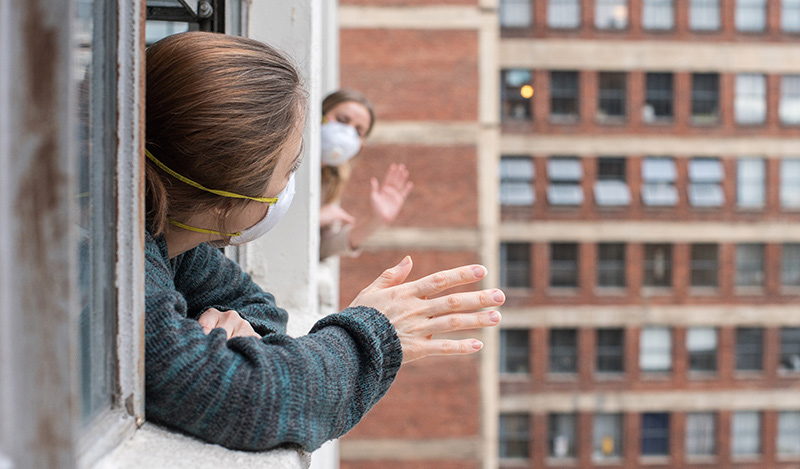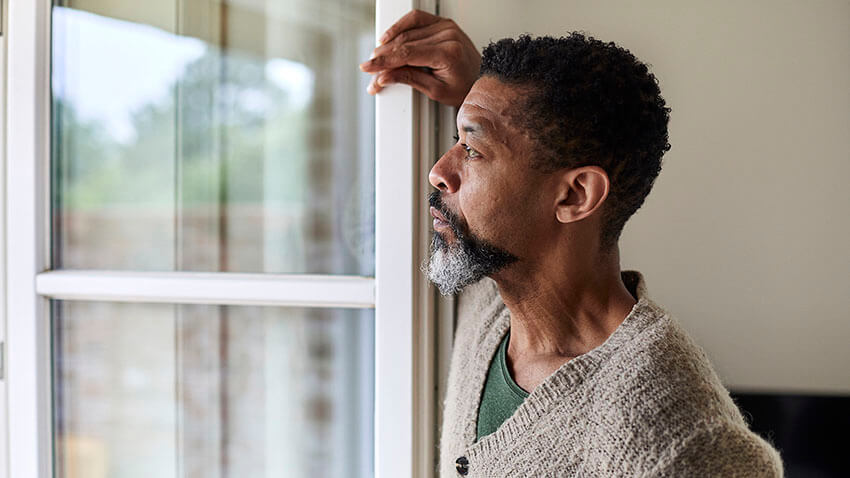The content of this post first appeared in the newsletter published by the author’s sangha, City Cave Zen.
When the pandemic took hold, my sangha, City Cave Zen, decided to try holding meetings online, to meditate, chant and discuss the Dharma in a way that would be as similar to physical meetings as we could make it. We decided to use Jitsi Meet, an open source and ethical application (no tracking or mining of user’s data) that works across multiple platforms, and does not require you to have an account to use the service — just the app or a web link.
We held the first online meeting in May 2020. We now have three meetings a week, two of which are silent meditations, and the other a complete service. It has worked so well, we will continue to do it even when the time finally comes that it is safe to meet in person. Meetings will be a mix of the physical and virtual.
Of course, it is good for people who live near one another to practice together in the same physical space. But so much of Buddhist practice in the west has involved flying hundreds, or thousands, of miles to sit together in meditation or visit teachers. I knew an American monk who made an annual flight from the American Southwest to the Netherlands… to sit in a zendo for a week. Not only is this the practice of the affluent (what some of us call The Upper Middle Way), its contribution to global heating is unconscionable.
Some of the ways we lived during lockdown should be continued when the pandemic is over. Frivolous air travel should not resume. Buddhist practitioners who do not have a local sangha can practice together virtually, and local sanghas can also be part of the international sangha.

For me, it has been a pleasure to once again practice with old friends I sat with for years in Phoenix, Arizona, most of whom I had not seen since I left Phoenix a decade ago. Our small online sangha is a mix of people in various countries, some of whom have been close friends for many years, some of whom barely know one another, and some of whom are longtime friends who have never physically met.
For me, the big surprise has been how little it differs from a physical zendo. There is sometimes lively discussion following the Dharma talk, and sometimes it is quiet. Sometimes there is a lot of laughter, and occasionally someone is in tears, and their sisters and brothers in the Dharma support them. There are people who almost always show up, others who attend sporadically, others who attend for a while and then leave, and some who have visited only once or twice. Another surprise has been that it is not in any way more difficult for me to work intensely virtually with Zen students I have never met in person than those I have known for decades.
The only down side I can think of is the different time zones our members live in. As all three of our monks, including me, live in Scotland, our meetings are held at 6pm Scottish time, which on weekdays makes it difficult for some Americans to attend.
For reasons of inclusivity, and for the sake of the continuation of life on this planet, this surely ought to be the future, or at least a large part of the future, of Zen practice.


